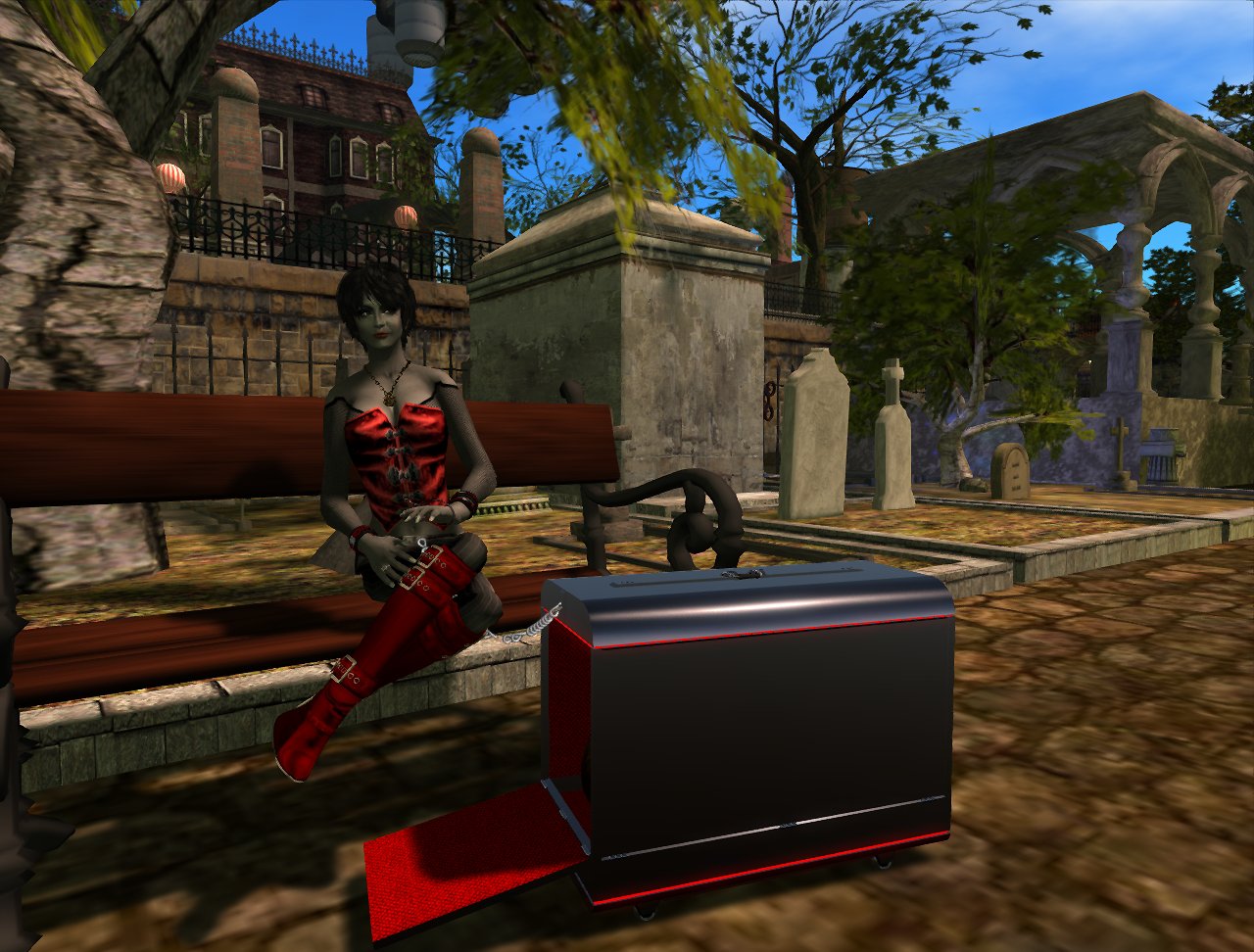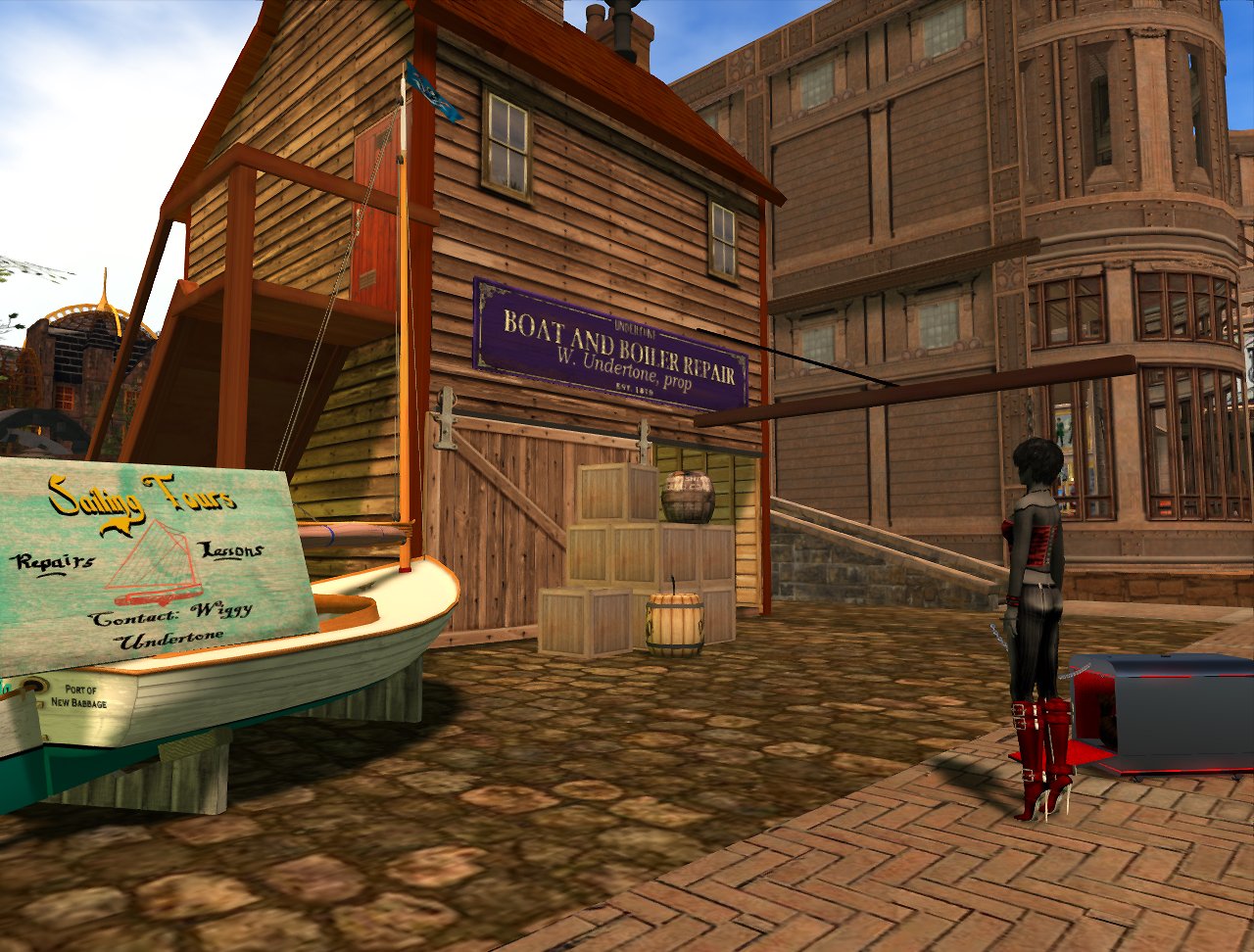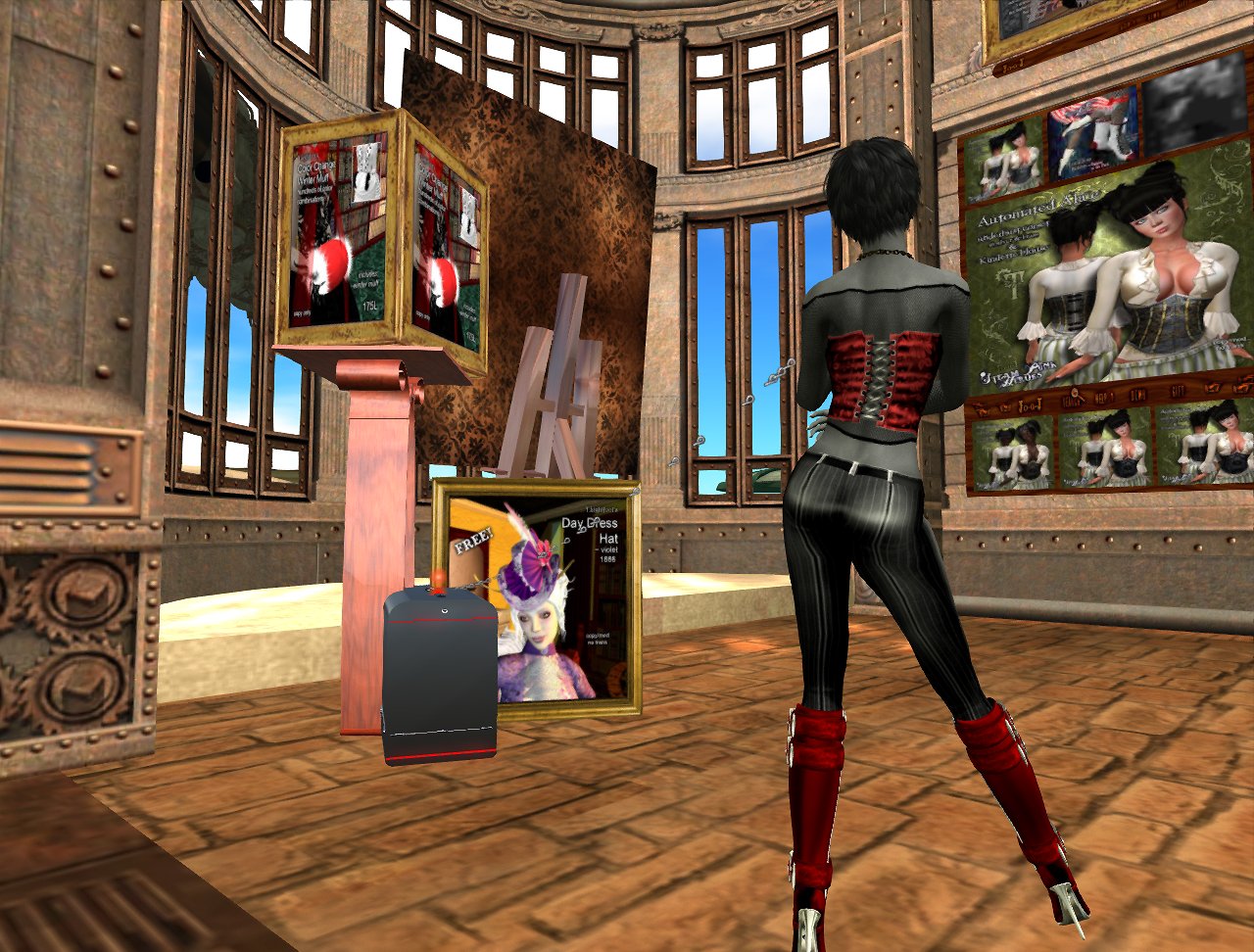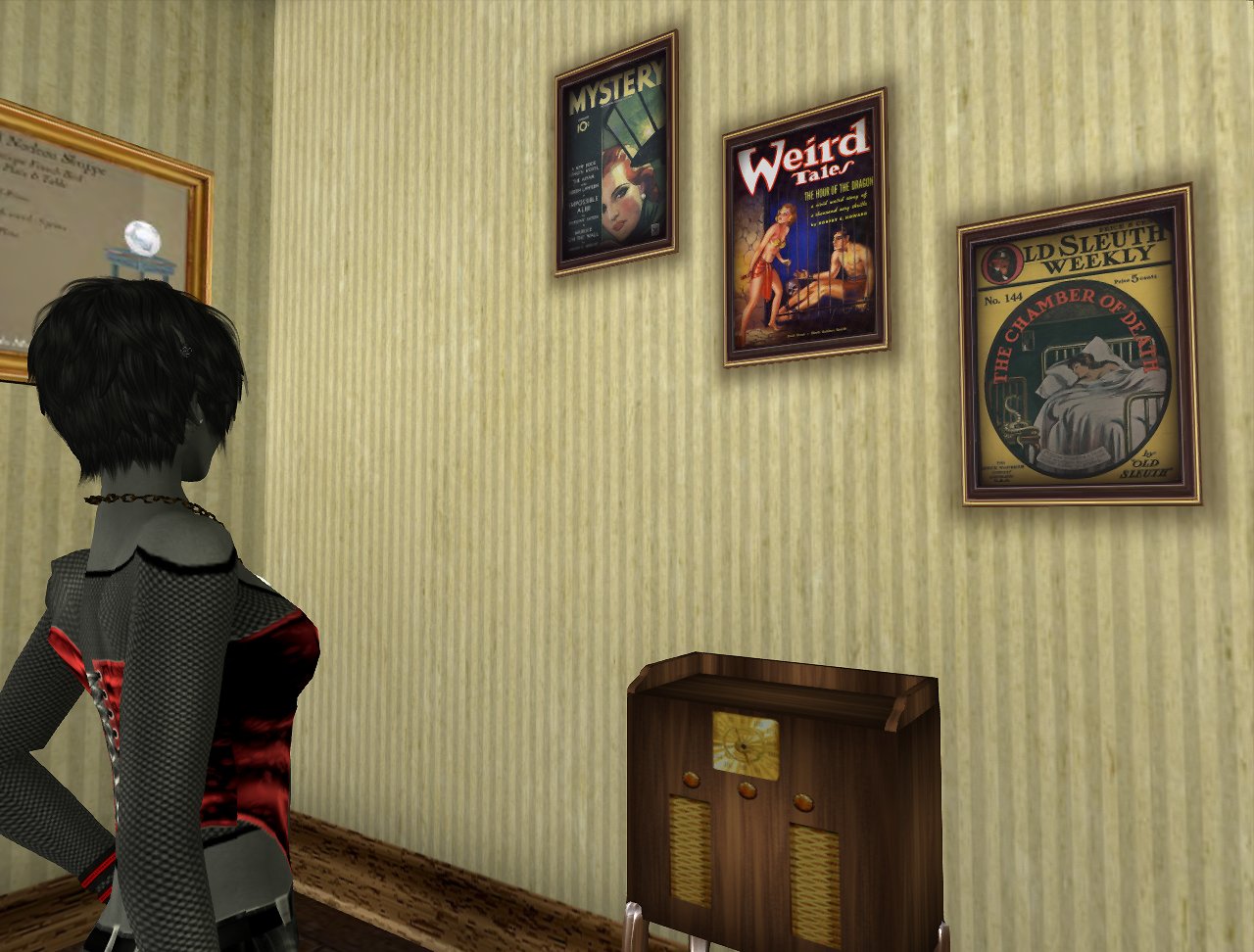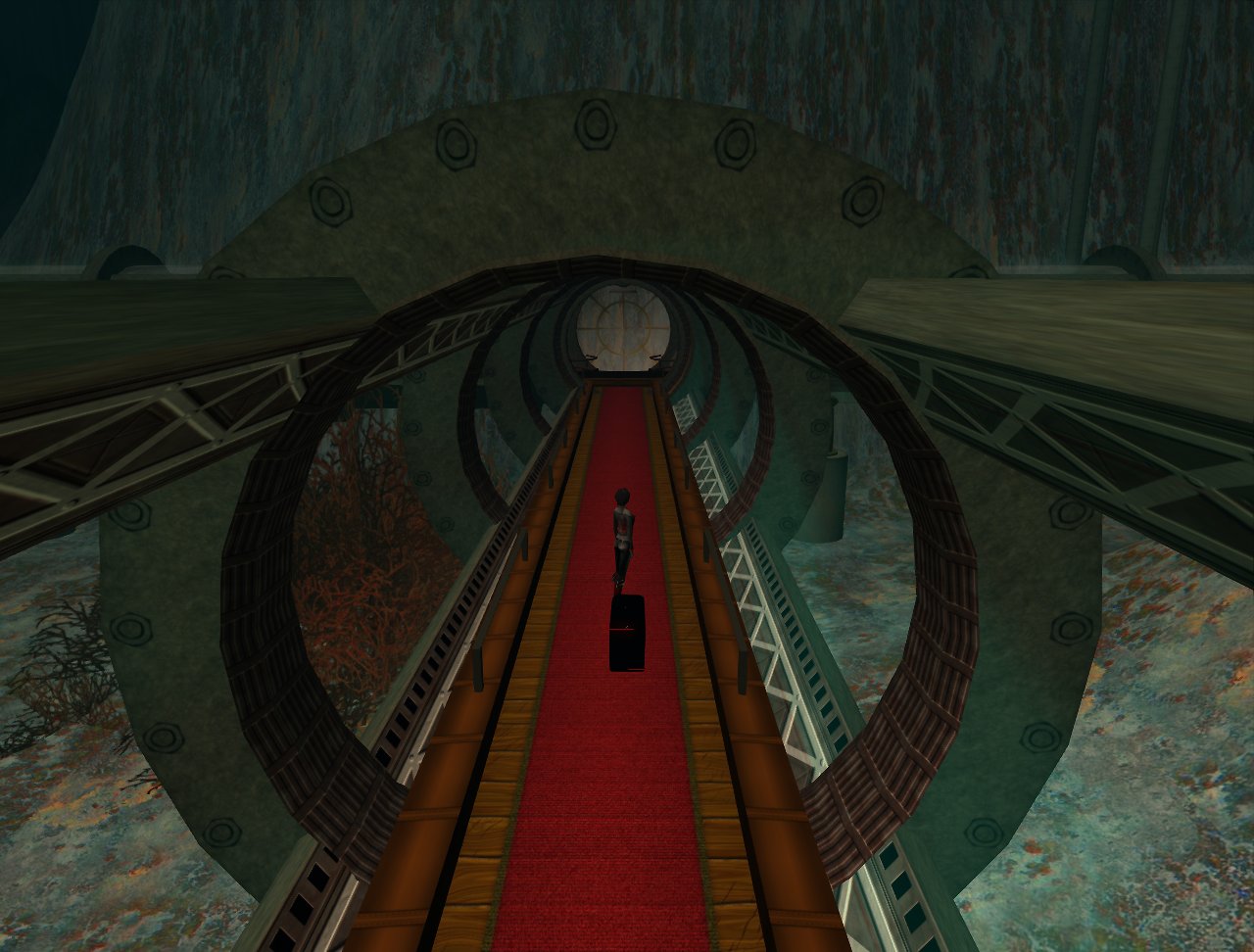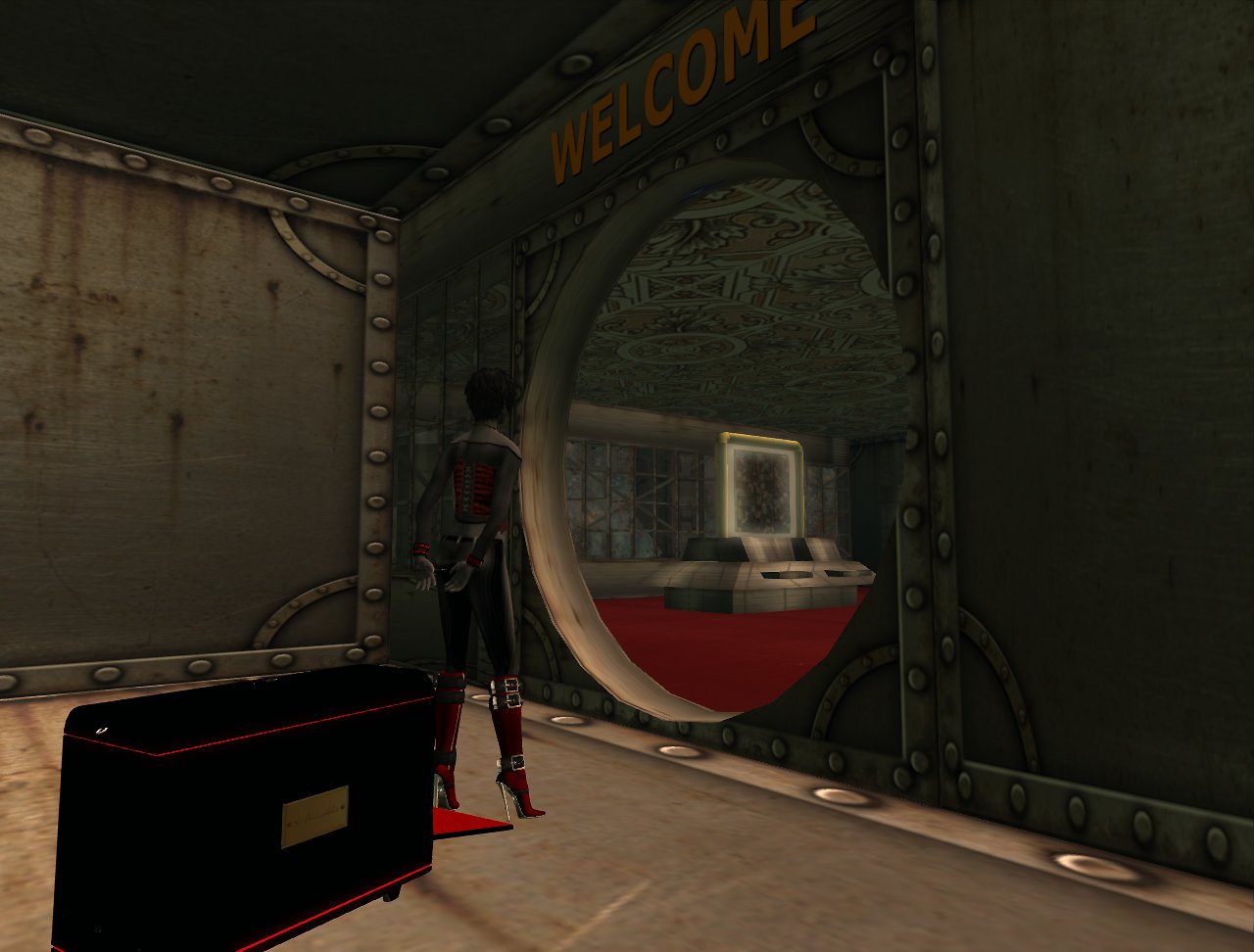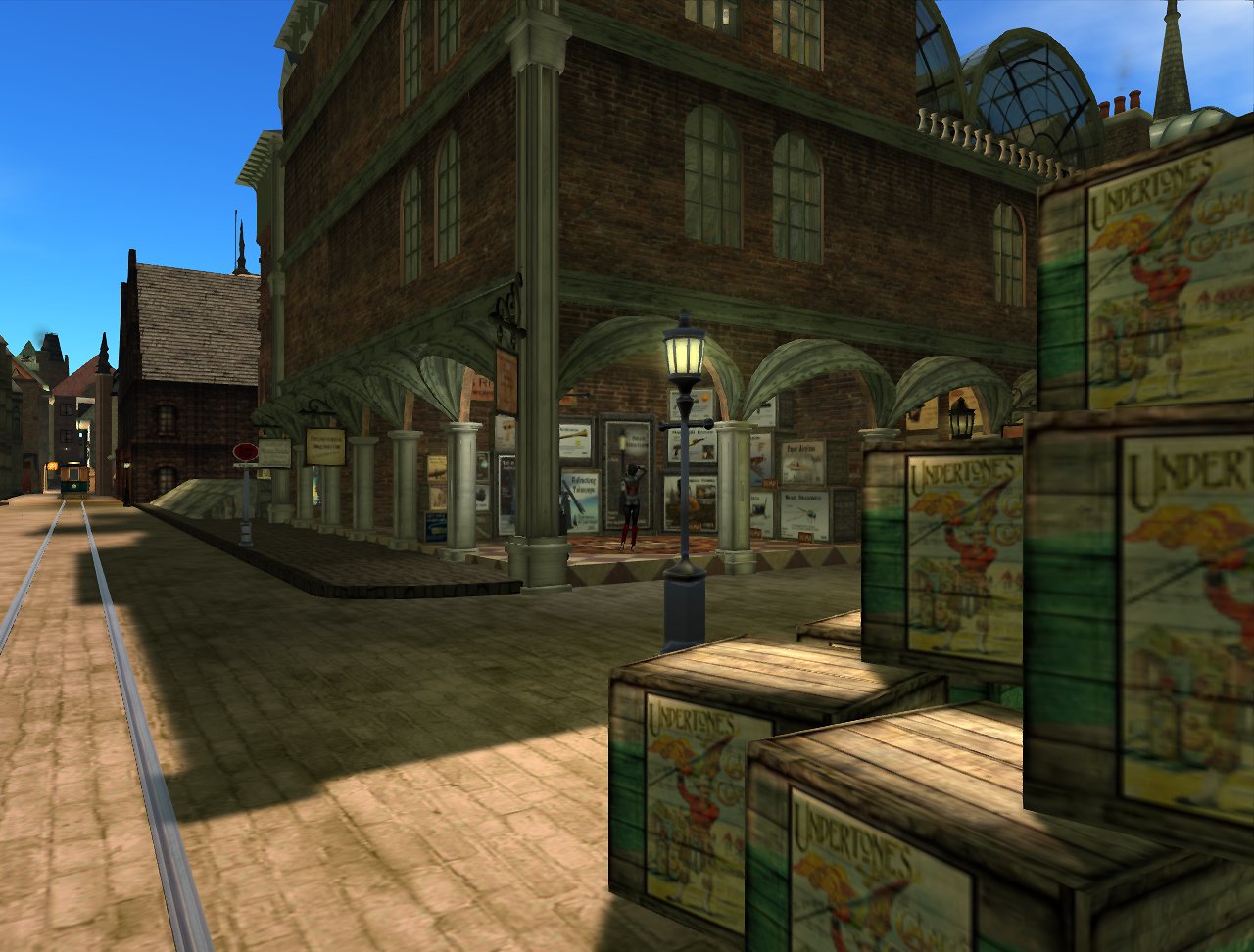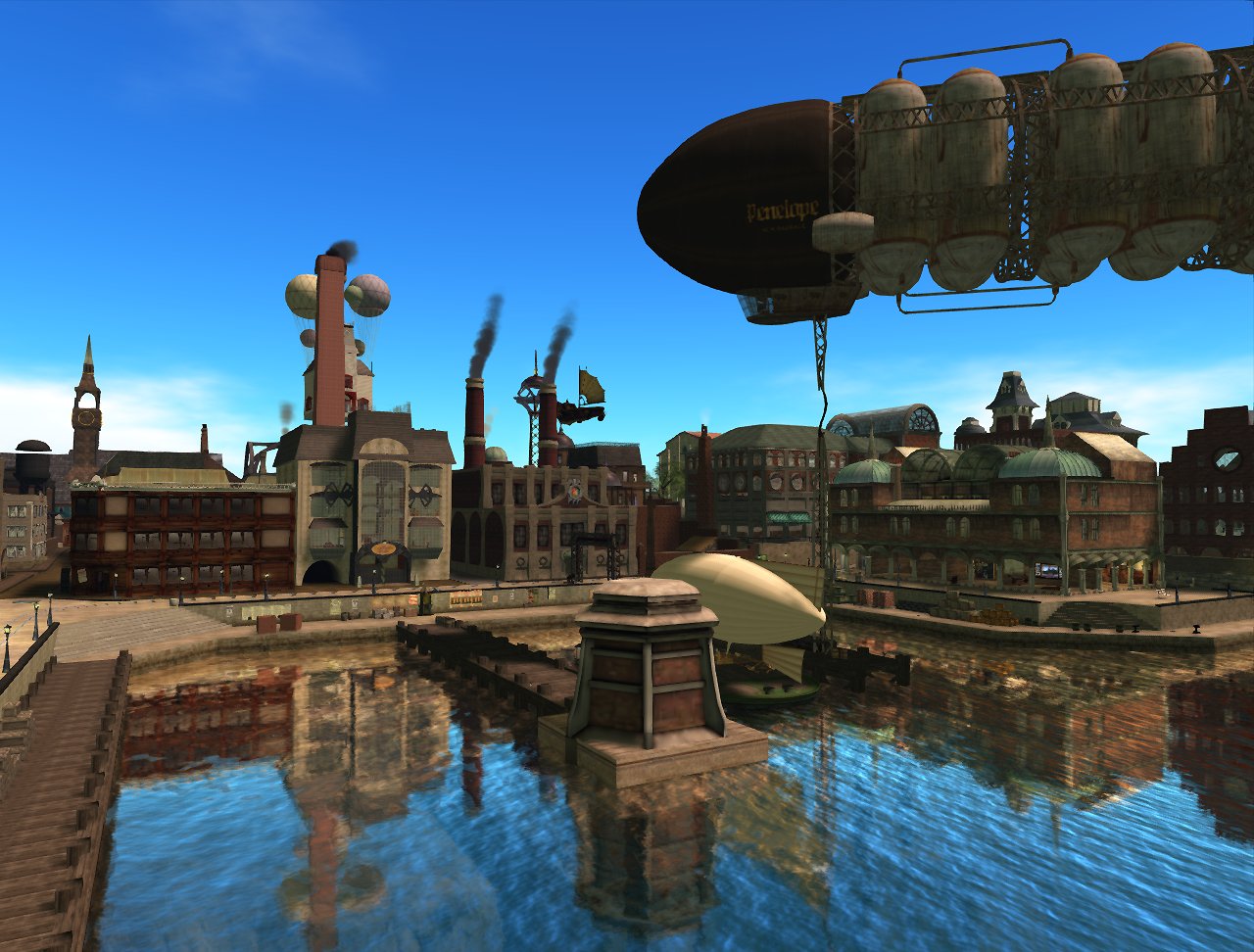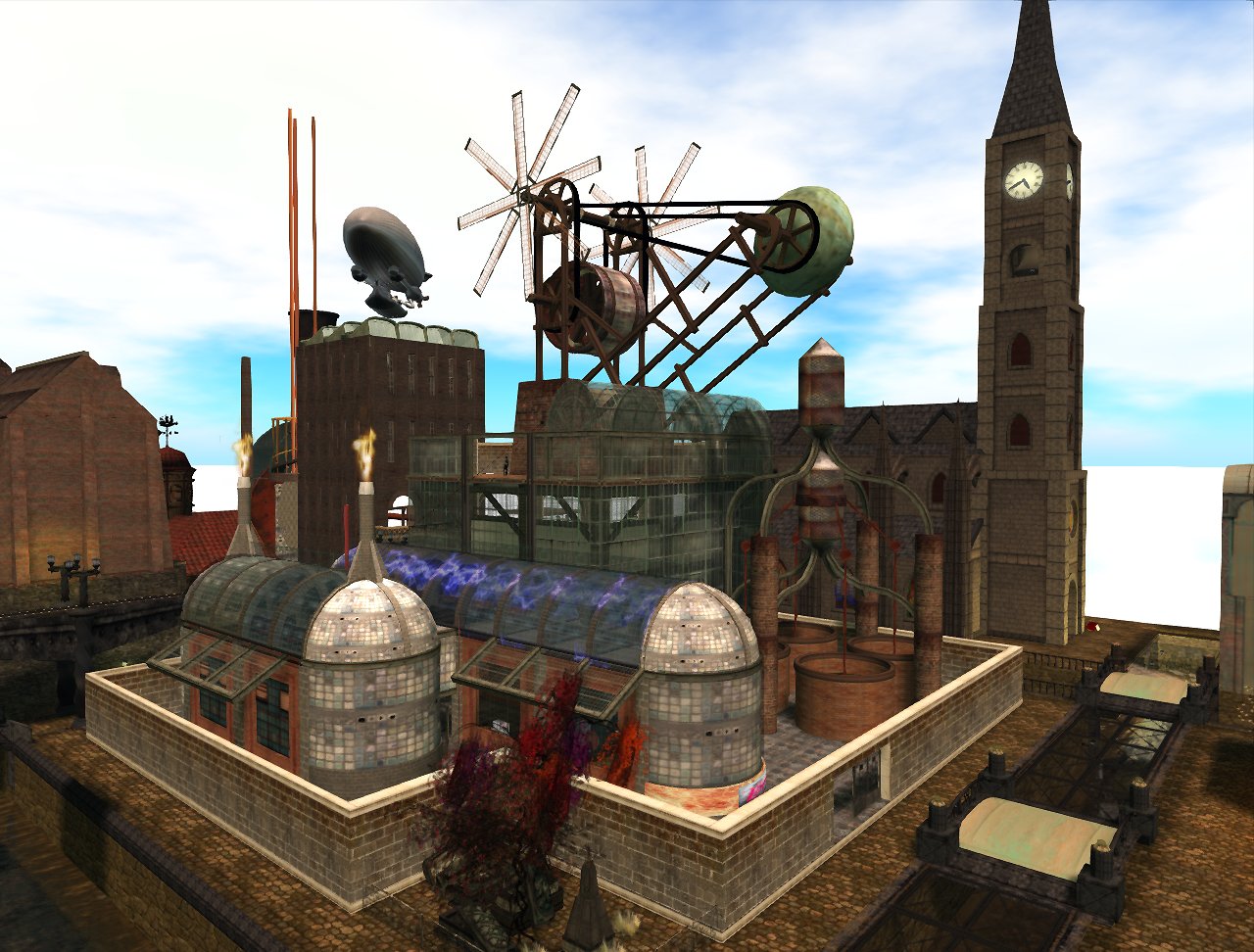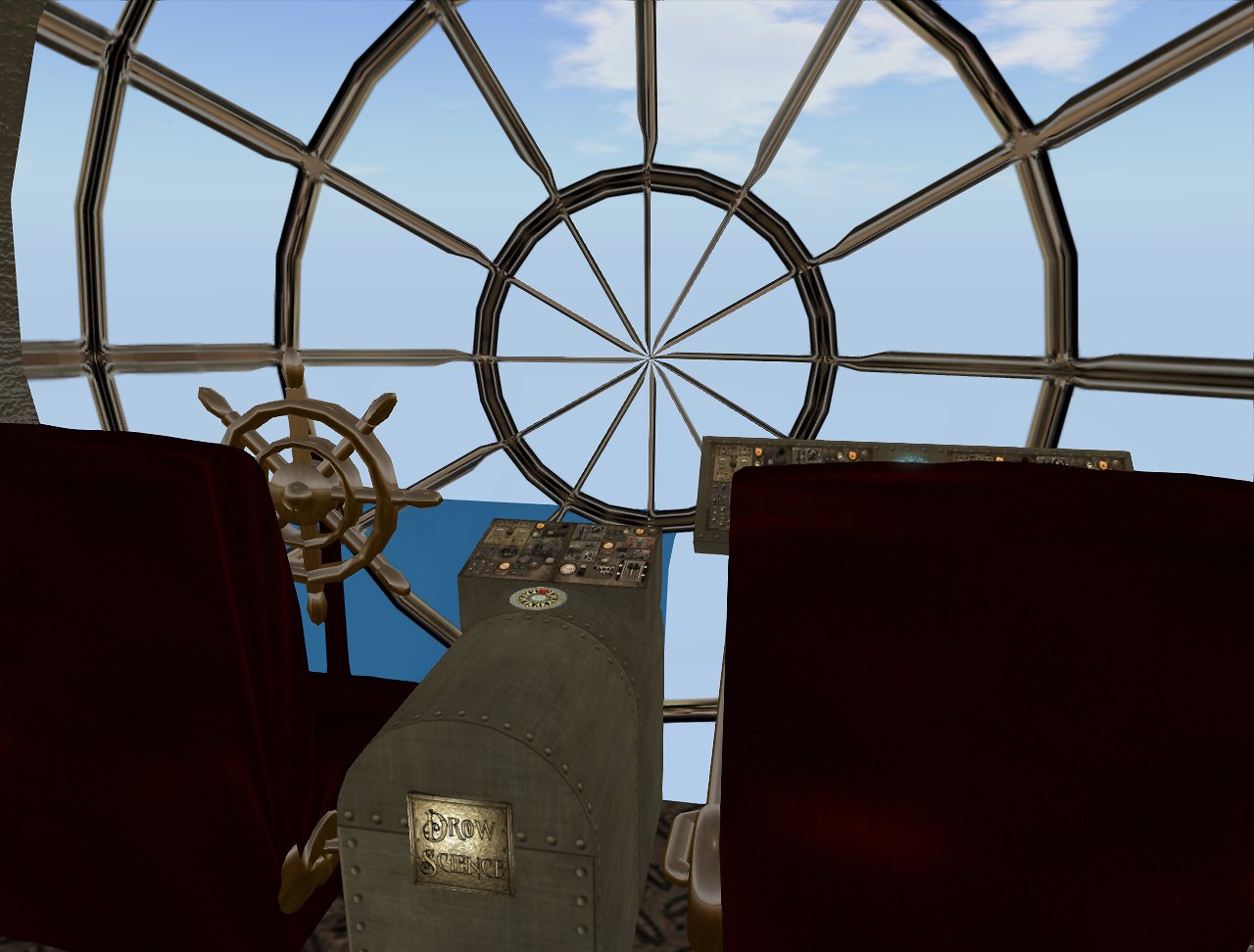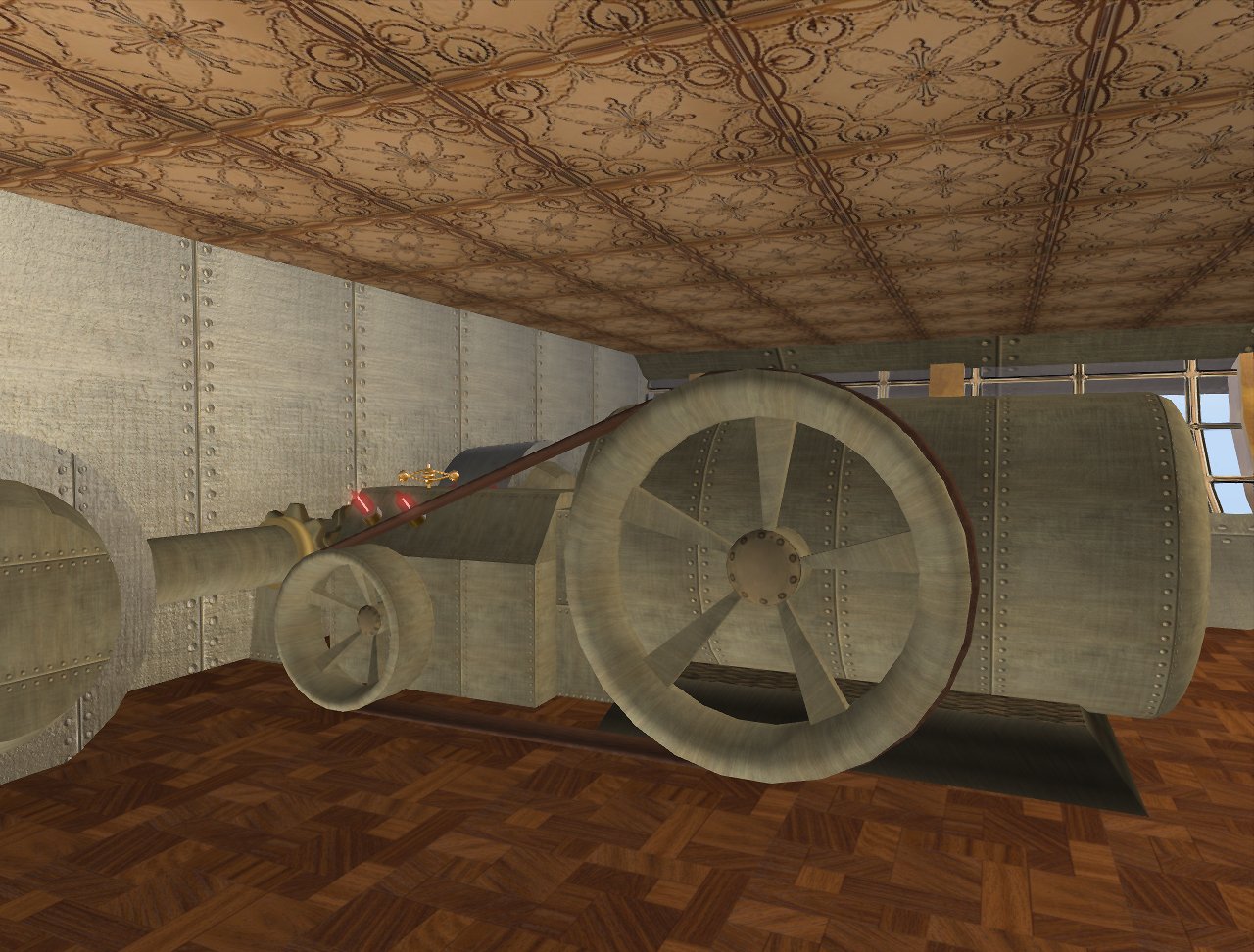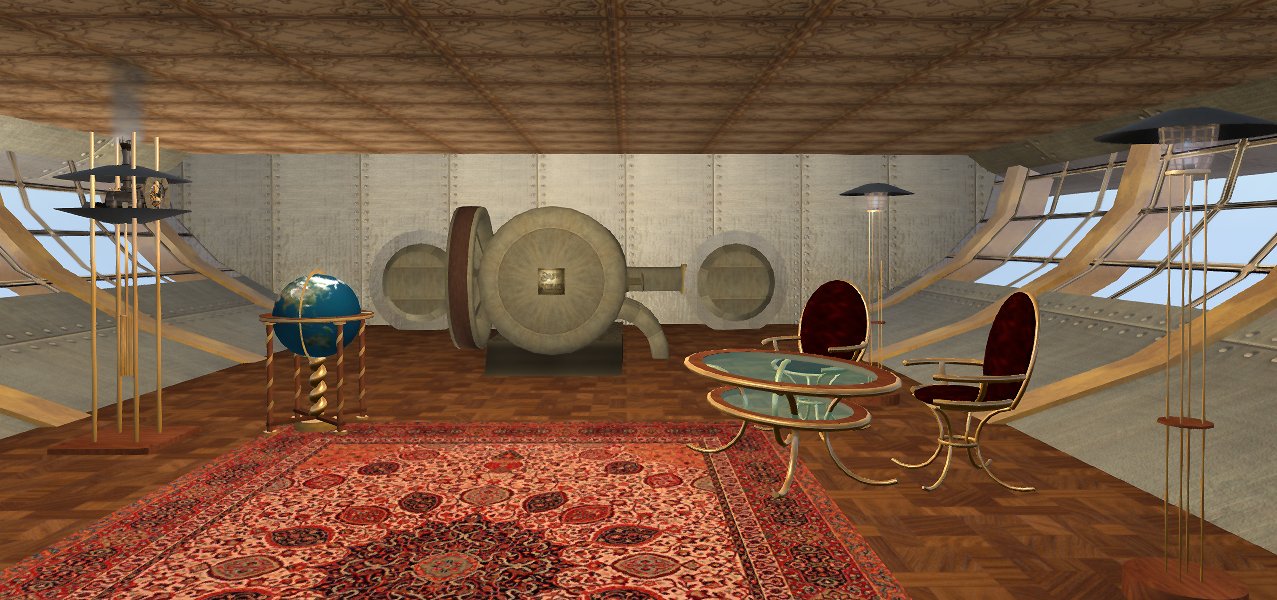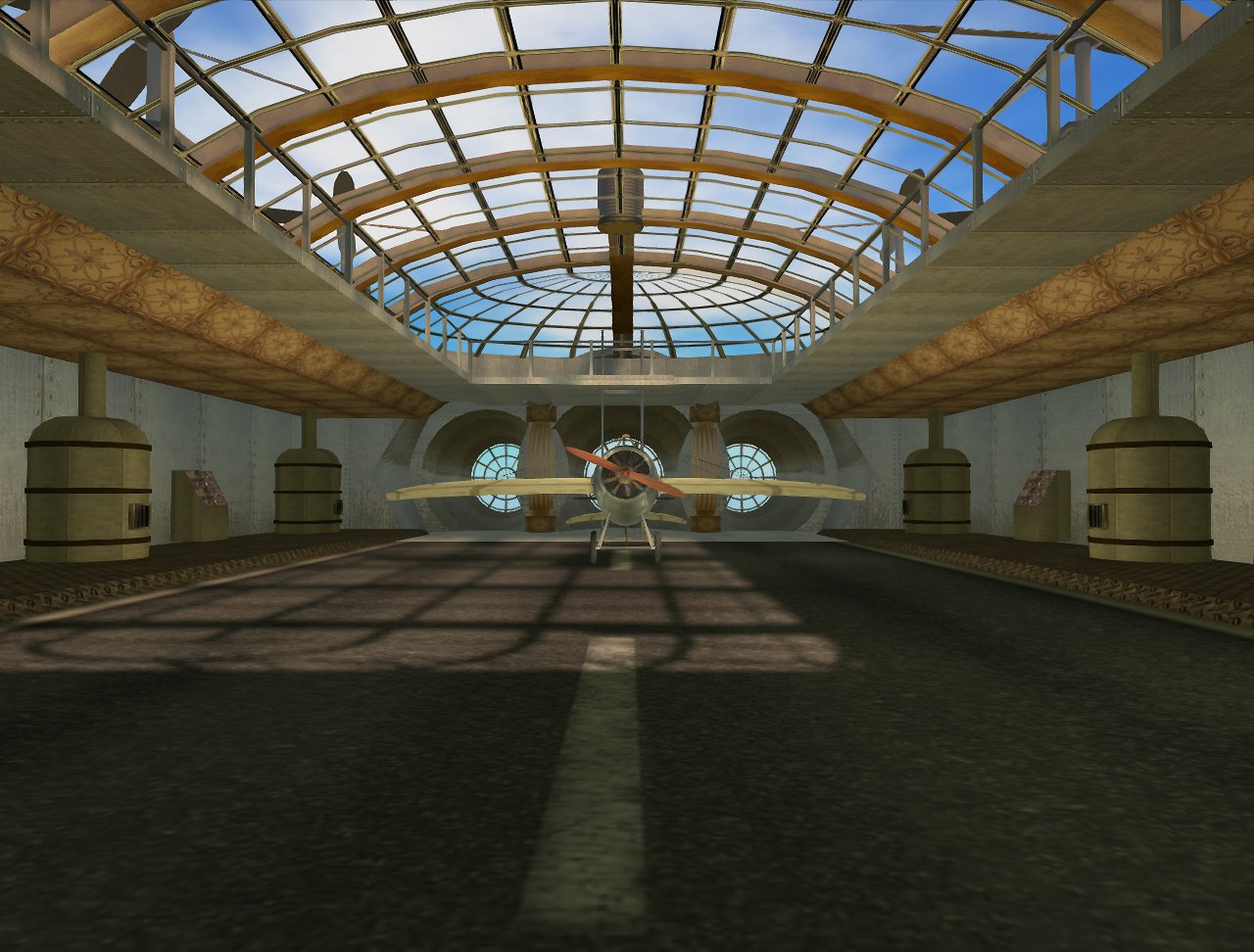J is for Journey
 |
| Steampunks travel with style! |
A central theme of adventures (and steampunk takes a lot from adventure-literature) is the journey. No matter if the dashing adventurer is traveling by balloon, submarine, train, ship (swimming or flying ones), is getting shot to the moon, rides a horse or is on foot - the star is often the journey itself and the means of transportation rather than the person who does it.
In the the 19th century steampunk-literature (yes, I know that term didn't exist back then - It was simply sci-fi!) the dashing explorer often remains as a pretty blank canvas with not more than a basic characterization. It allows the reader to literally "slip into his shoes" (and shirt and pants - and sometimes even underpants!) and experience the adventure first hand.
These adventures were primary scientific or technological - with sometimes quite a strong fantasy-stroke. They did often extrapolate the current state-of-science into a what-if-scenario where protagonist is confronted with strange machines, way ahead of their time, or discovers fantastic places. The palette is pretty colourful: From airship captains trying to take over the world, to expeditions to lost cities like Atlantis, to remote plateaus with prehistoric fauna and flora, to the North-Pole and Antarctica, to the center of the world, or even on the moon, where the hero gets chased by militant natives, cavemen, prehistoric fauna, giant squids, the Yeti, monsters or aliens!
Sometimes - especially in newer works - the journey is not only a geographical, but also a mental one. The protagonist is more complex and has a inner life the reader needs to discover. As the story advances, the protagonist's challenging adventures reflect on his character. A good example for this are "The Scar" and "Iron Council" by China Miéville.
K is for Kraken
These peculiar creatures play a fun role in steampunk-culture which shouldn't be underestimated. Giant Kraken, perhaps better known as octopuses have their first appearance in Jules Verne's "20,000 Leagues under the Sea" where a group of them is attacking the Nautilus and has to be fought off by its crew.
Kraken, and their relatives, the squids, were also a source of big fascination by another "founding father" of steampunk: H. G. Wells, who used them to model the Martians from his famous novel "The War Of The Worlds" after them.
Kraken are due to their strange appearance of course the ideal animals to symbolize everything alien and dangerous. No surprise that H. P. Lovecraft (who had some influence on steampunk for sure) used them too and gave his dark cosmic god Cthulhu an octopus as head.
 |
| A dreadful Air-Kraken sneaking up on some innocent airships! |
They not only haunt the seven seas or are jobbing as models for alien creatures. Adventurers have also found a large and quite aggressive aerial sub-species: The air kraken! Not much is known about these creatures yet. They are more than 10 meters in size (including their tentacles), live usually in groups and seem to have large amounts of helium or hydrogen in their bodies, which allows them to fly. Air kraken are fearless and dreadful creatures which attack peaceful airships relentlessly. They are regarded as a serious threat to aeronautics and are therefore often the target of hunting parties trying to keep the air-ways safe.
L is for Literature
 |
| Literature-Drow! |
Ok, this is going to be a long one. So fasten your seat-belts and put on your aviator-goggles!
Literature plays an important role in steampunk. It can actually be regarded as the origin of the genre and its main source of inspiration.
The roots of steampunk literature go back to 19th century fantasy and horror stories like Mary Shelley's "Frankenstein - or, The Modern Prometheus", published in 1818 (that mad-scientist-creates-monster-thing, remember? Well the original is actually much less like that.) and the works of Edgar Allan Poe. Especially his 1835 published story "The Unparalleled Adventure of One Hans Pfaall" where a human flies to the moon - in a balloon!
Poe was maybe not the most cheerful fellow under the sun, but his adventure stories are sparking with weird and brilliant ideas, mixing the genre with horror and fantasy-elements as in A Descent into the Maelström" (1841), "MS. Found in a Bottle" (1833) "The Narrative of Arthur Gordon Pym of Nantucket" (1838). His literature is obviously quite influential when it comes to the strange things steampunk adventurers might encounter on their journeys.
Jules Verne had a much more scientific approach though. No matter if he shoots humans to the moon with a gigantic cannon ("From the Earth To The Moon", 1865), takes a marine biologist to a underwater journey around the world ("20,000 Leagues under the Sea", 1870), or is leading an expedition to "A Journey to the Center of the Earth" (1864). Every story was based on the scientific facts of its time. In fact, some passages in his works read quite like textbooks! To his defense I have to say that he usually keeps a good balance between lighthearted fun, serious social criticism and scientific facts, which makes his books still accessible and fun to read.
Another great influence are the works of H. G. Wells, which are today as strong as they were more than 100 years ago. Most notably "The Time Machine" (1895), "The Invisible Man" (1897), "The Island of Doctor Moreau" (1896) and "The War Of The Worlds" (1898). Unlike Verne, who relies heavily on existing technology and simply extrapolates it into the future, Wells spins the wheel further: He shows technology which is for a big part just as much science-fiction, as it was when his stories were published. His novels feature anti-gravity (the famous cavorite, loved by all airship constructors!), light refraction in order to achieve invisibility, genetically enhanced animals with human intelligence and - you surely guessed it - time-travel!
Apart these authors there is a number of others, who were at least in parts influential on steampunk as we know it today. For example Arthur Conan Doyle (yes, the same who created Sherlock Holmes) and his book "The Lost World" (1912, where an expedition discovers a plateau where prehistoric animals have survived), Robert Louis Stevenson's "Strange Case of Dr Jekyll and Mr Hyde" (1886, the mad scientist again!) and in the works of H. P. Lovecraft, who's stories often deal with doomed expeditions ("At the Mountains of Madness", 1936), strange experiments ("Cool Air", 1928) and supernatural horror (of course "The Call of Cthulhu", 1928)
Important modern writers are Michael Moorcock, China Miéville, William Gibson and Bruce Sterling.
Moorcock's Oswald Bastable-trilogy ("Warlord of the Air", 1971, "The Land Leviathan", 1974 and
"The Steel Czar", 1981) features a hero who is time-traveling through various alternative histories of the earth (and occasionally dropping out on opium) and was heavily inspiring for steampunk-technology.
"The Difference Engine" (1990), by William Gibson and Bruce Sterling, is set in an alternative 1855: Charles Babbage's calculation machines (hence the title) have led to an Internet-like revolution and steam-technology progressed rapidly, making things like steam powered carts and mechanic computers a common sight.
On the weird-side of steampunk fiction is China Miéville and his brilliant Bas-Lag series ("Perdido Street Station", 2000, "The Scar", 2002 and "Iron Council", 2004), which is set in a colourful yet bizarre universe, combining both steampunk technology and (non-Tolkien) fantasy.













